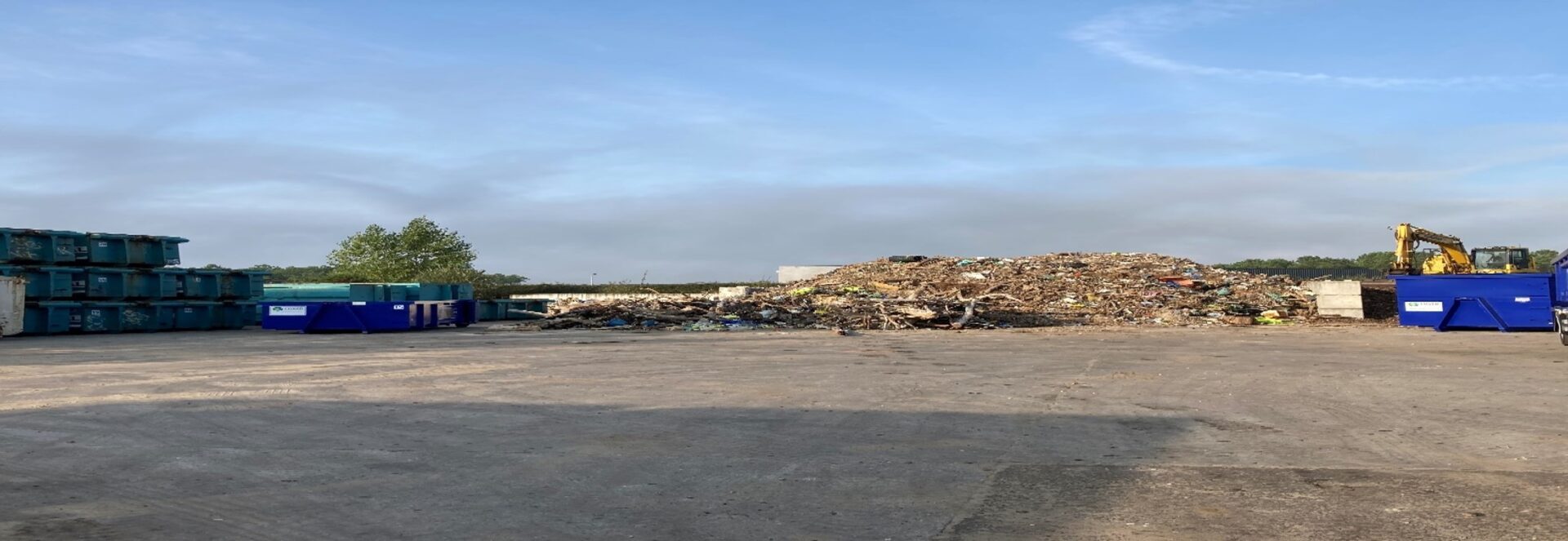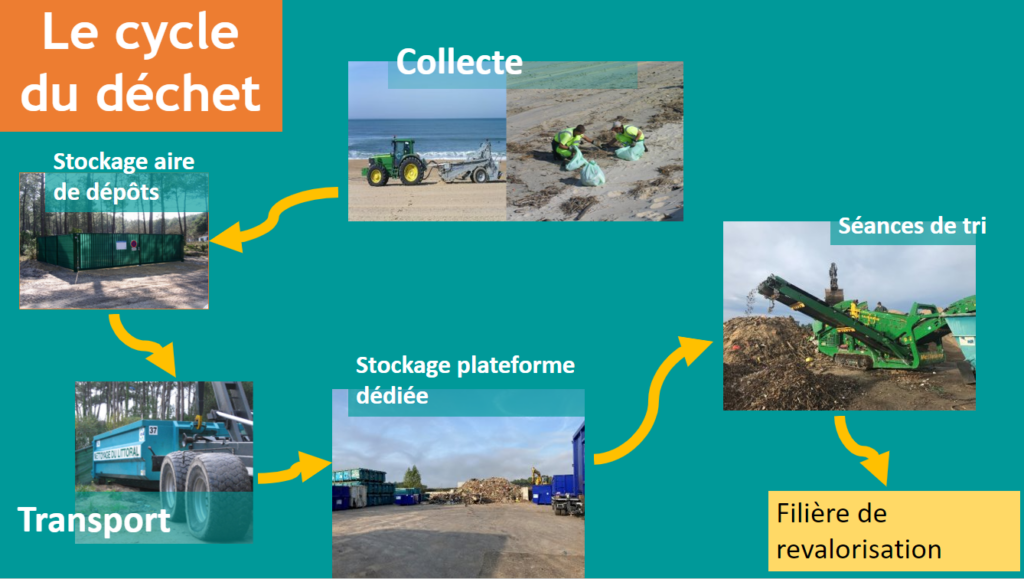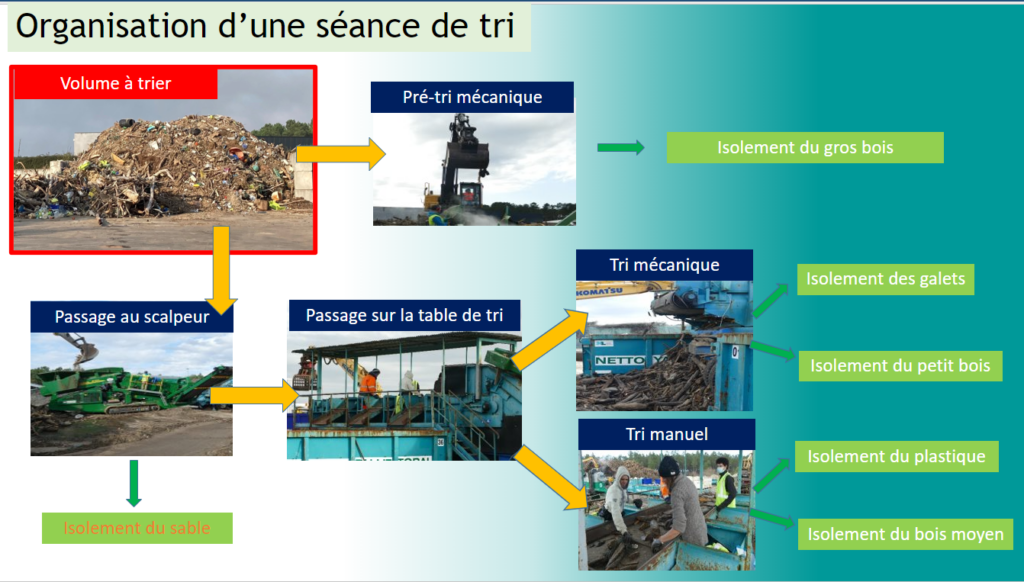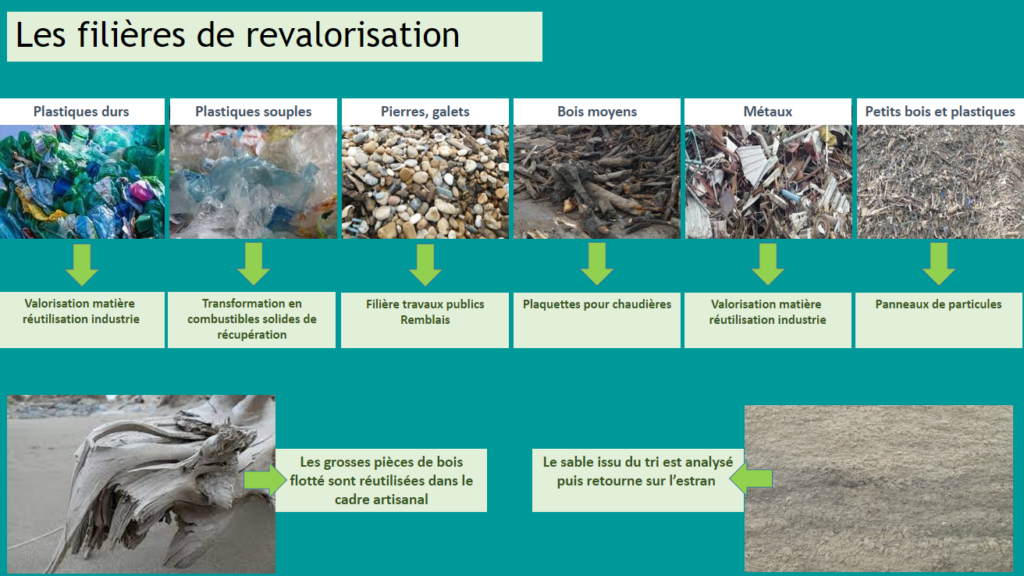Recycling of collected waste
Published on
Towards a 100% recycling
Over the course of operations, a major development has led to the recycling of almost 100% of the wasted collected on the foreshore. The Landes organization takes care of waste from collection on the foreshore to the recycling channel dedicated to each type of waste, via an exhaustive process combining storage, transportation, sorting, and recycling.
The waste cycle
- Waste collection
- Storage in deposits
- Transportation
- Storage on dedicated platform
- Sorting session
- Recycling channel
The sorting platform
At a strategic point, a storage, sorting, and recycling platform is specially dedicated to the operation of differentiated cleaning of the Landes coastline. Located in the commune of Linxe (40), and owned by the Paprec/Coved company, this 3,000 m2 platform receives all waste collected mechanically or manually along the coastline, after evacuation and transportation from the deposits. When the volume of waste stored on this platform is substantial, sorting sessions are held to identify and separate each type of waste, and to ensure its evacuation towards the corresponding recycling channels.
The sorting sessions
A sorting session consists of separating each family of inputs and waste in order to guide them towards the appropriate recycling channels.
To achieve this, the service provider in charge of this operation uses mechanical resources (shovel, scalper, sorting table) and human resources (8 people).
The sorting operators positioned on the sorting table are all employees on work integration schemes, which reinforces the social stakes of the operation.
Organization of a sorting session
Volume to sort:
- Mechanical pre-sorting
- Isolation of large wood
- Scalping = sand isolation
- Passage to sorting table
- Mechanical sorting
- Pebble isolation
- Isolation of small wood
- Manual sorting
- Plastic isolation
- Isolation of medium-sized wood
- Mechanical sorting
- Passage to sorting table
Recycling channels
Hard plastics: Material recovery for industrial reuse
Medium-sized woods: Chips for boilers
Metals: Material recovery for industrial reuse
Soft plastics: Transformation into solid recovered fuels
Small woods and plastics: Particleboard
Stones, pebbles: Public works sector, Backfill
Large pieces of driftwood are reused by craftsmen
The sand extracted from sorting is analysed and returned to the foreshore




